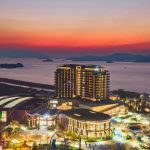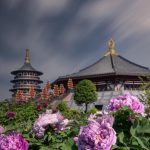Today is a public welfare piece.
This is our second year collaborating with Alibaba and Fliggy’s public welfare team on this special topic. This also marks our third article in our voluntary support for underdeveloped counties (previous articles reviewed: Ping Shun in Shanxi, and Yi County in Huangshan).
Alibaba’s public welfare initiative has dispatched special commissioners to many beautiful but underdeveloped counties across the country, hoping to integrate resources and develop them into model counties for rural tourism, contributing to the promotion of rural tourism.
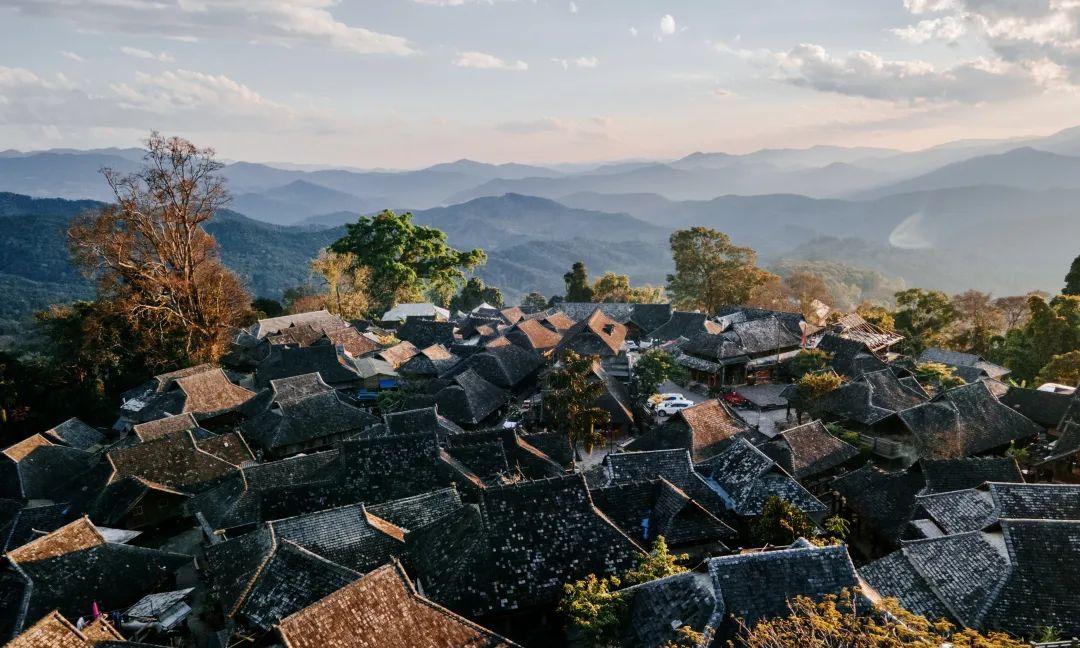
So these articles include travel guides as well as products.
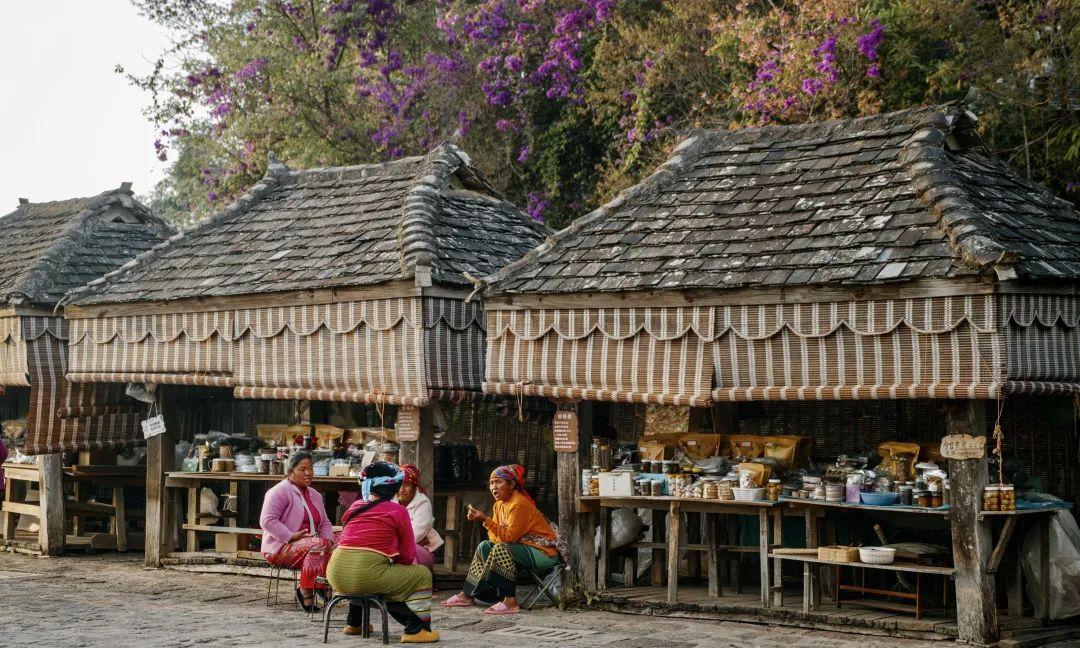
We are fortunate to be invited to these counties to write travel guides, discovering and promoting these wonderful destinations. For us, this is a very meaningful endeavor.
This time, I visited the Lancang Lahu Autonomous County in Yunnan (hereinafter referred to as Lancang).
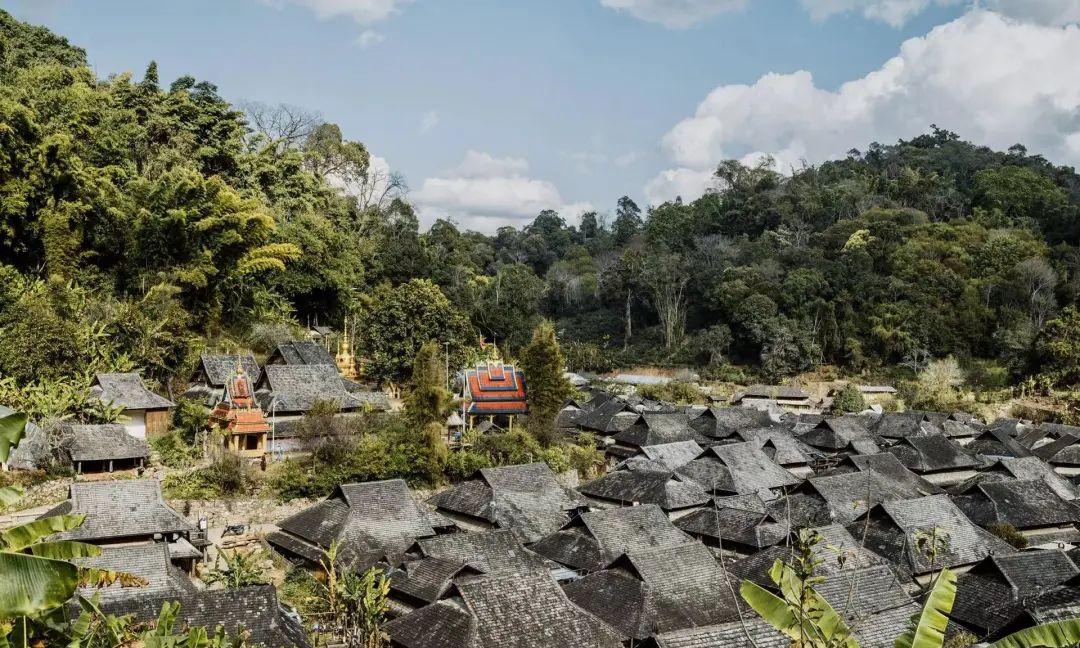
Perhaps like me, you know very little about Lancang at first.
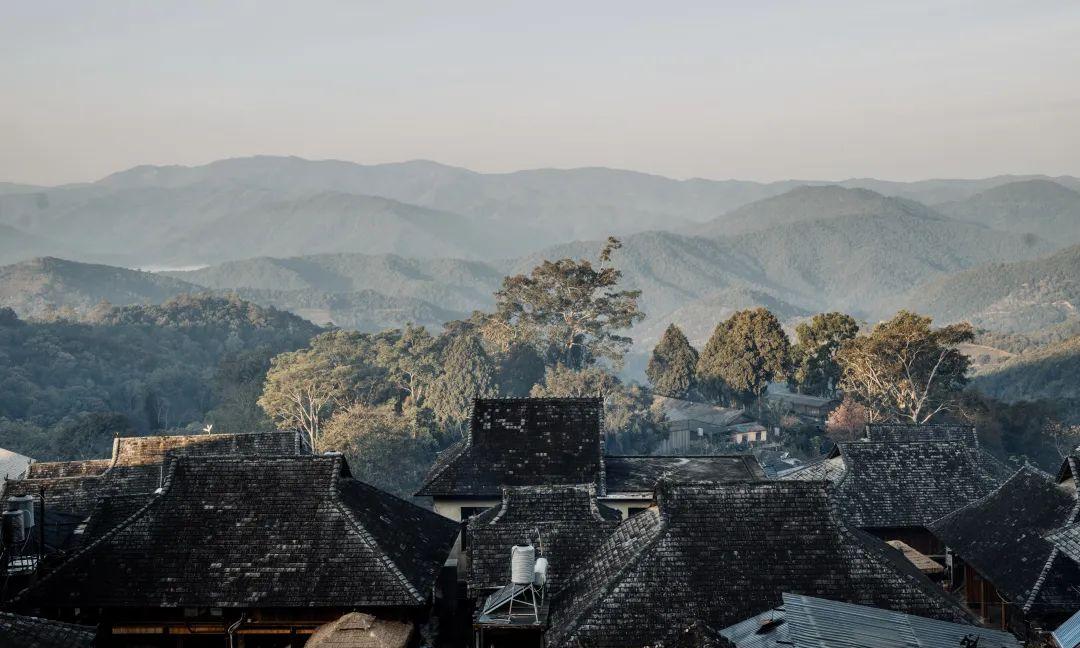
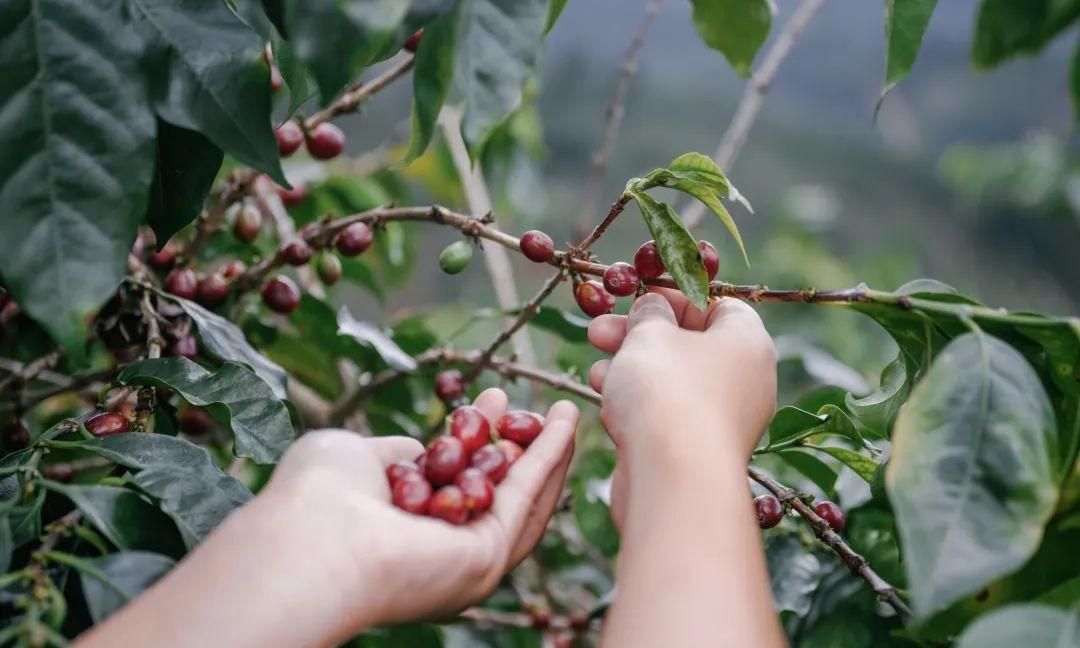
However, in 2023, its subordinate area, the Ancient Tea Forest Cultural Landscape of Jingmai Mountain in Pu’er was successfully listed as a UNESCO World Heritage Site, bringing global attention to this hidden gem located in Southwest China. Let’s review its achievements below👇🏻
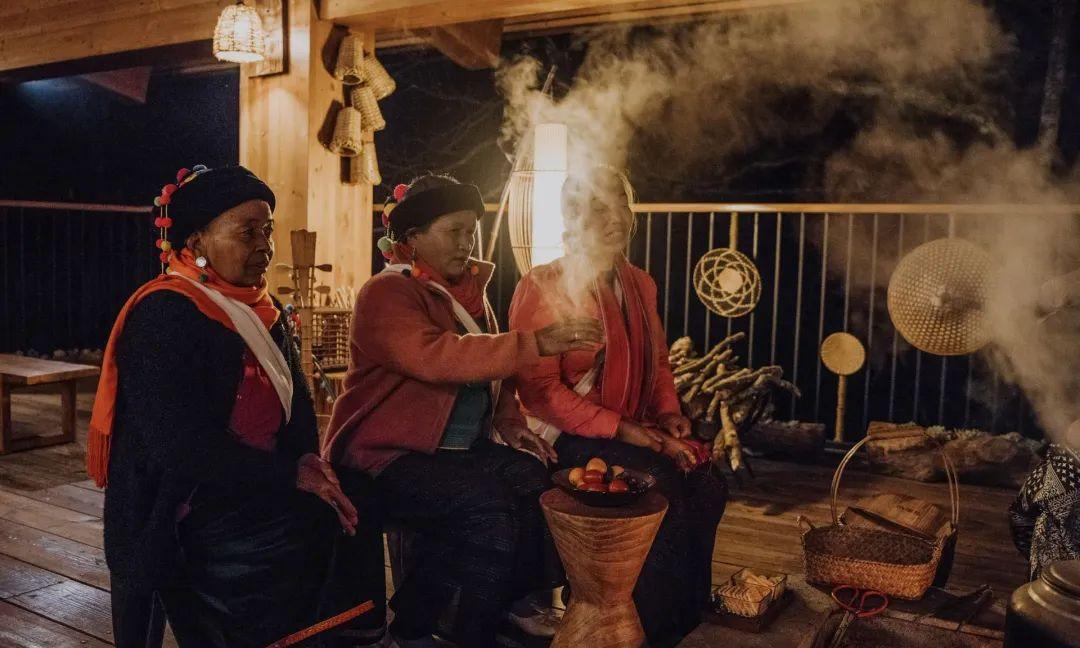
On September 17, 2023, “The Ancient Tea Forest Cultural Landscape of Jingmai Mountain” became the world’s first tea-themed world cultural heritage, filling a gap in the World Heritage List for tea-related sites, making it China’s 57th World Heritage Site.
Lancang in Yunnan is ancient, splendid, and glorious.
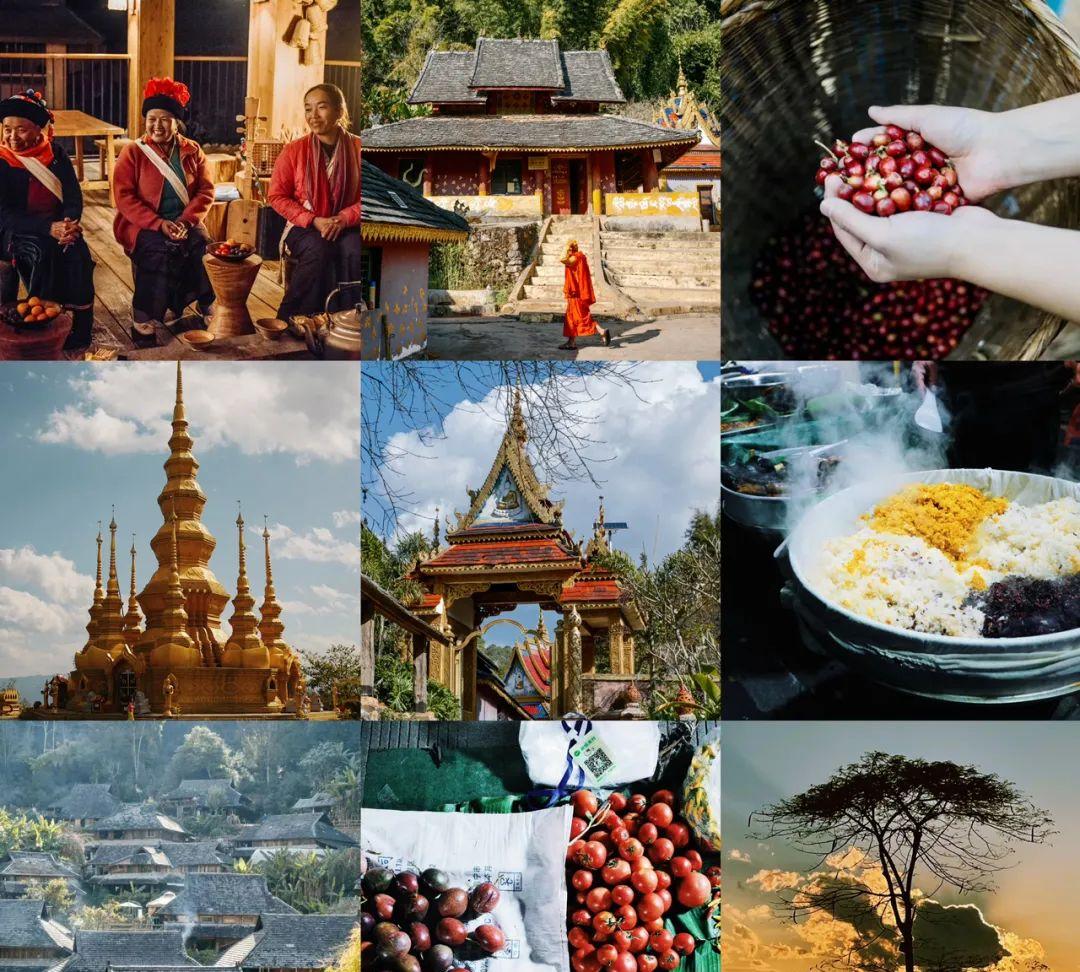
Among the world’s three major beverages, it produces two. As mentioned earlier, Jingmai Mountain is the only tea-themed world heritage site in the world. Not only that, Lancang is located at 22 degrees north latitude, making it a golden region for coffee cultivation. Coffee beans from Lancang are also being recognized and appreciated by more and more people.
This area is also home to multiple ethnic groups, including the Blang, Dai, Yi, Hani, Lahu, and Wa, among others. They are most skilled at celebrating life with songs and dances.
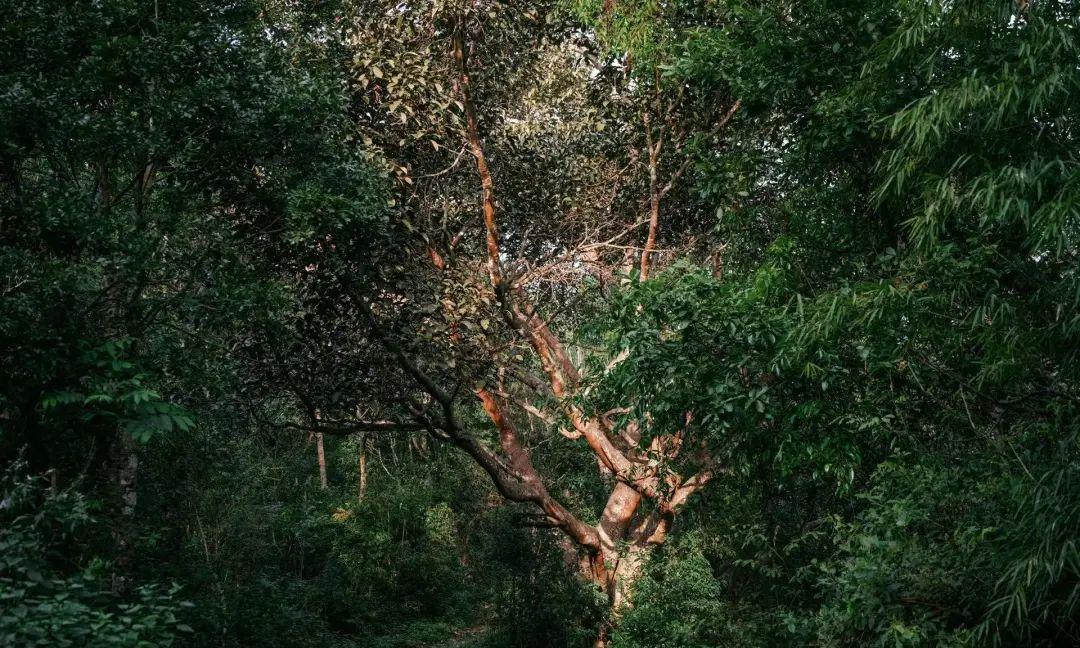
After visiting here, I discovered they are living a kind of dreamy, ancient lifestyle.
In the early morning, clouds rise from the valleys, people live in traditional wooden stilt houses, and wisps of smoke curl up from the cooking fire. Ancient temples, golden pagodas, and age-old villages are hidden amidst dense forests, with continuous festivals and endless culinary inspirations in the mountains and fields.
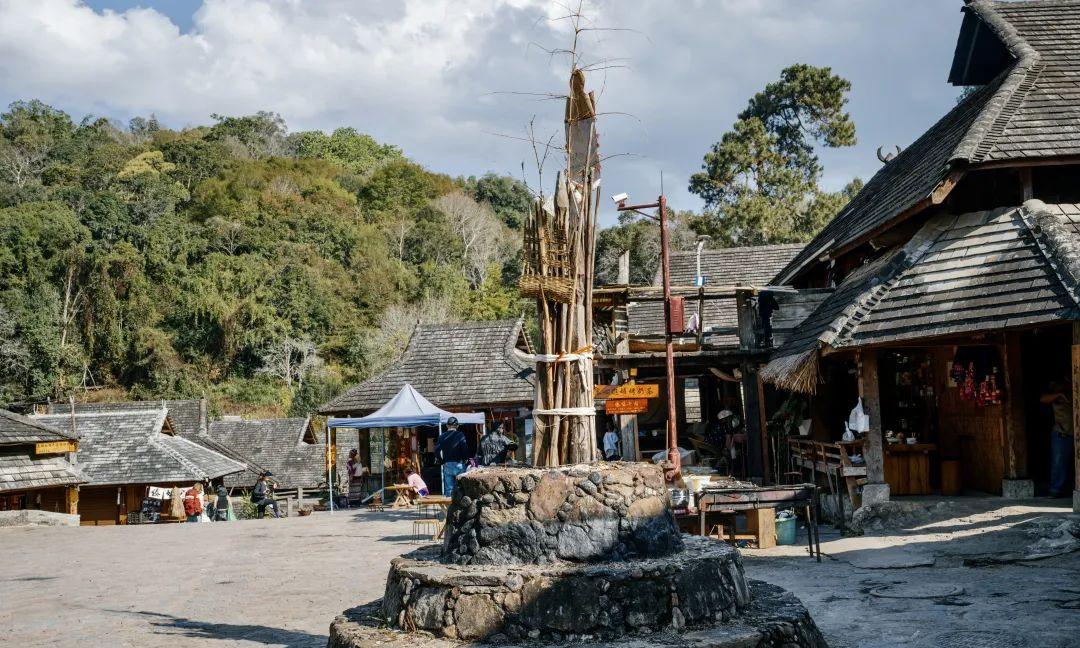
It turns out that the people of Lancang have been secretly living happy lives. Next, let’s explore the treasures hidden in Yunnan Lancang!
Yunnan Lancang is worth it!
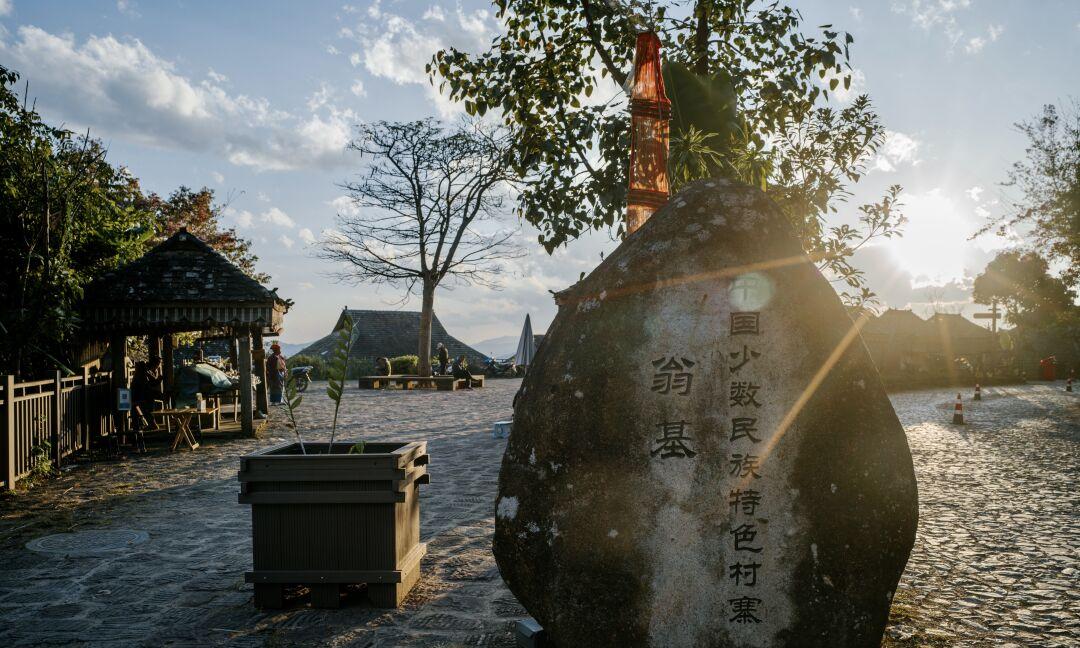
When people mention Lancang, everyone’s attention will surely first go to Jingmai Mountain.
This heritage area consists of five large ancient tea forests, nine traditional villages, and three separated protective forests.
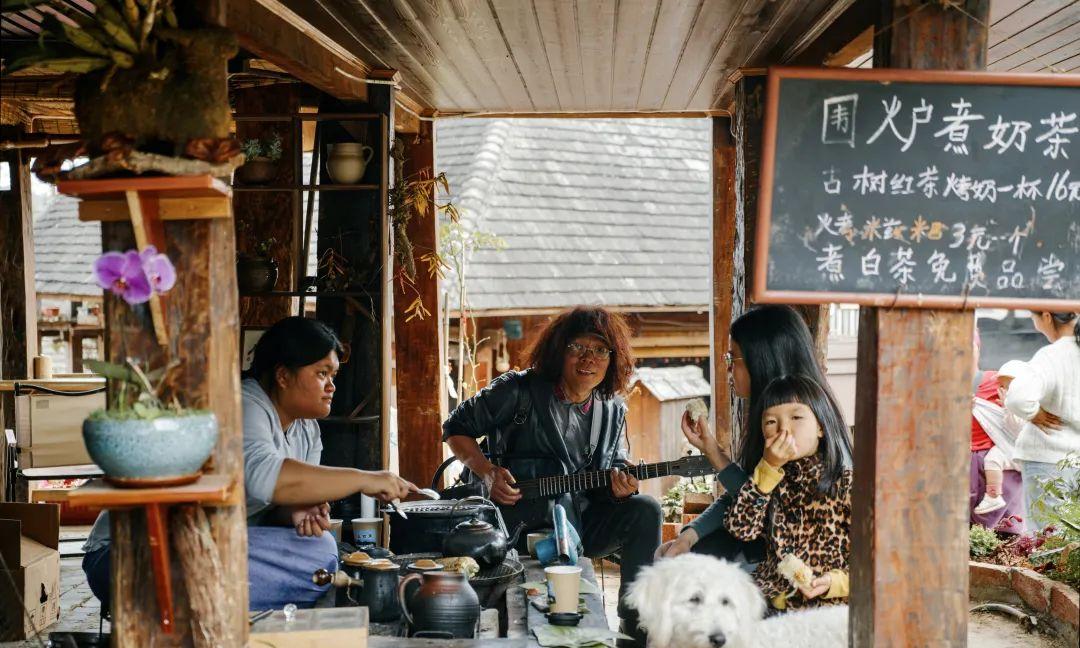
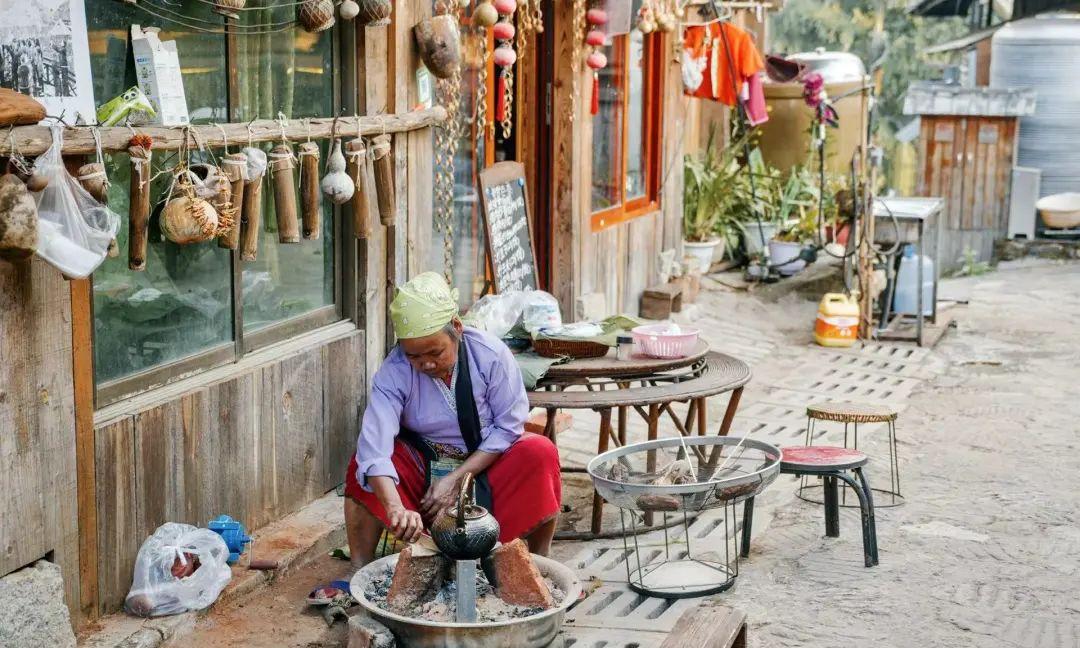
To enter the original ancient tea forest, you must first go through a mountain path. On both sides of the path are tall banyan trees, and the atmosphere of the ancient forest surrounds you.
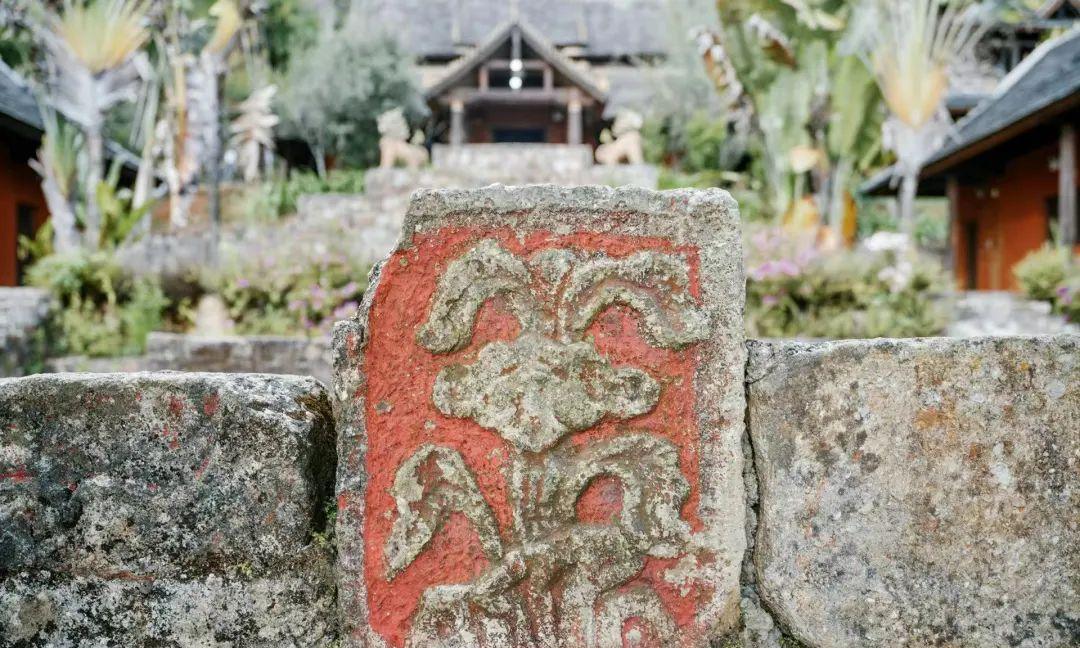
Additionally, instead of paving modern asphalt roads, the locals have chosen traditional cobblestone roads. This allows small animals in the mountains to pass through easily and also matches the overall character of the forest. This mode of harmonious coexistence between humans and nature permeates every aspect of Jingmai Mountain.
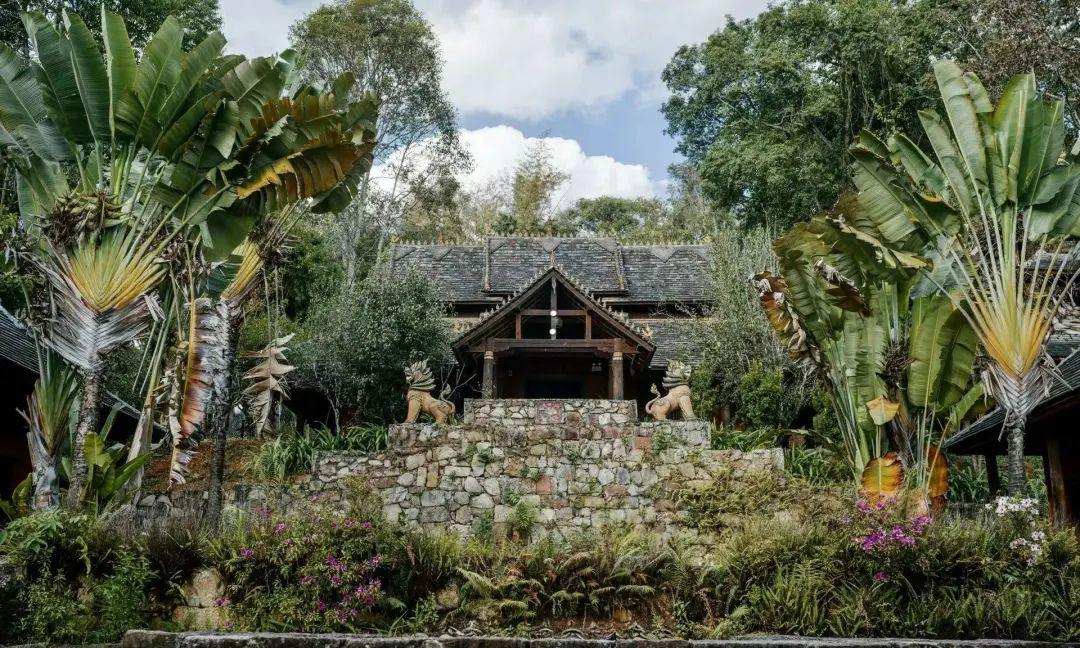
On Jingmai Mountain, the Wengji Blang Ancient Village and Nuogang Ancient Village are the two most distinctive villages. The establishment of these villages starts with determining the village center, which will then gradually expand outward according to needs. The village center generally consists of five wooden posts made of cypress, two pearwoods, and two chestnut woods.
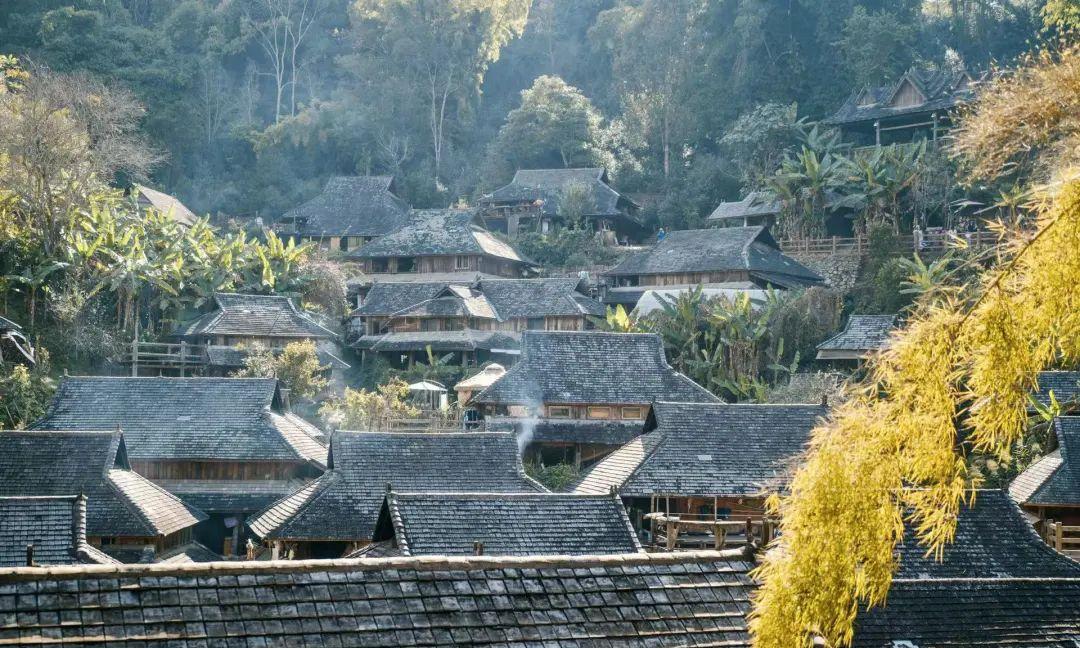
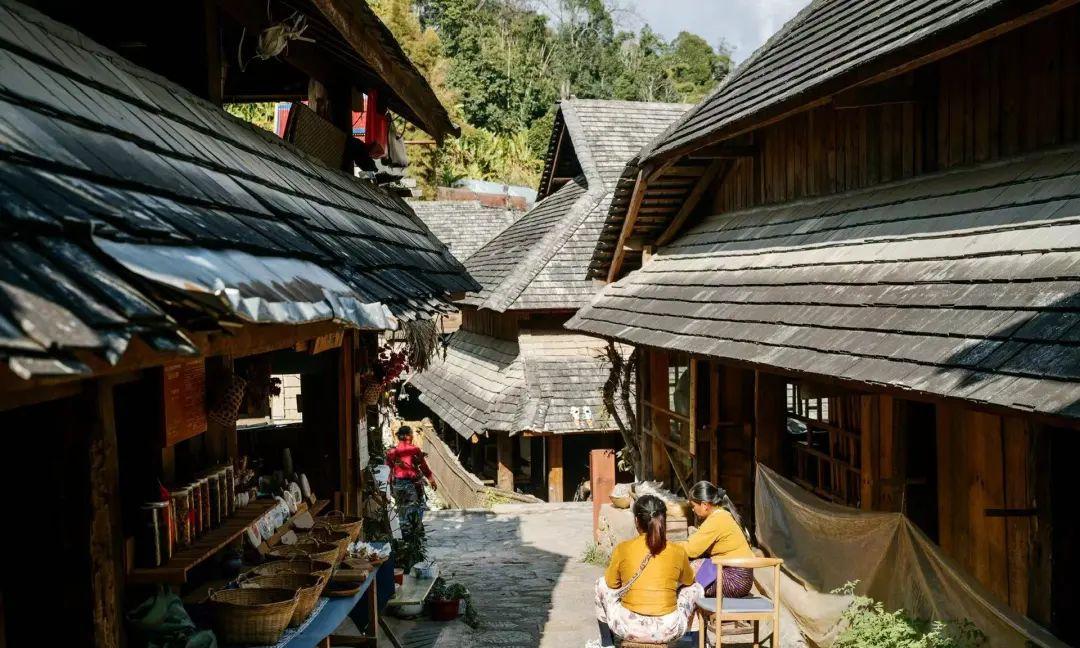
Village Center
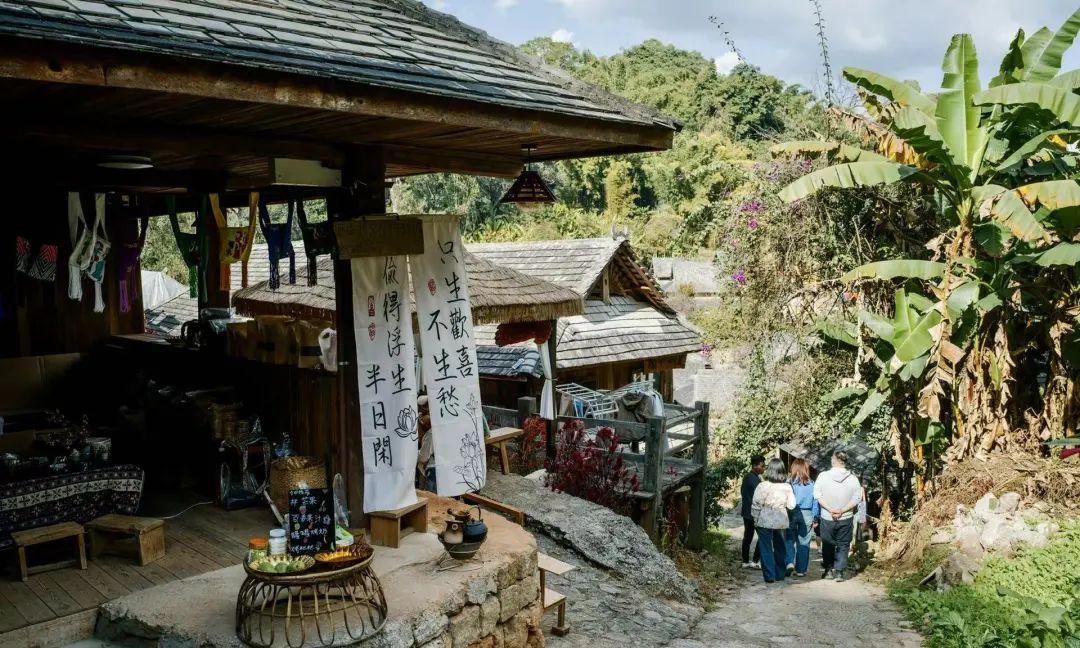
Wengji Blang Ancient Village
The Blang people who live in Jingmai Mountain are a minority who rely on tea for their livelihood. They revere the tea god, and tea is integrated into their daily lives; every household has been cultivating and processing tea for generations. Even on the rooftops of village buildings, you will find totems of two leaves and a bud.
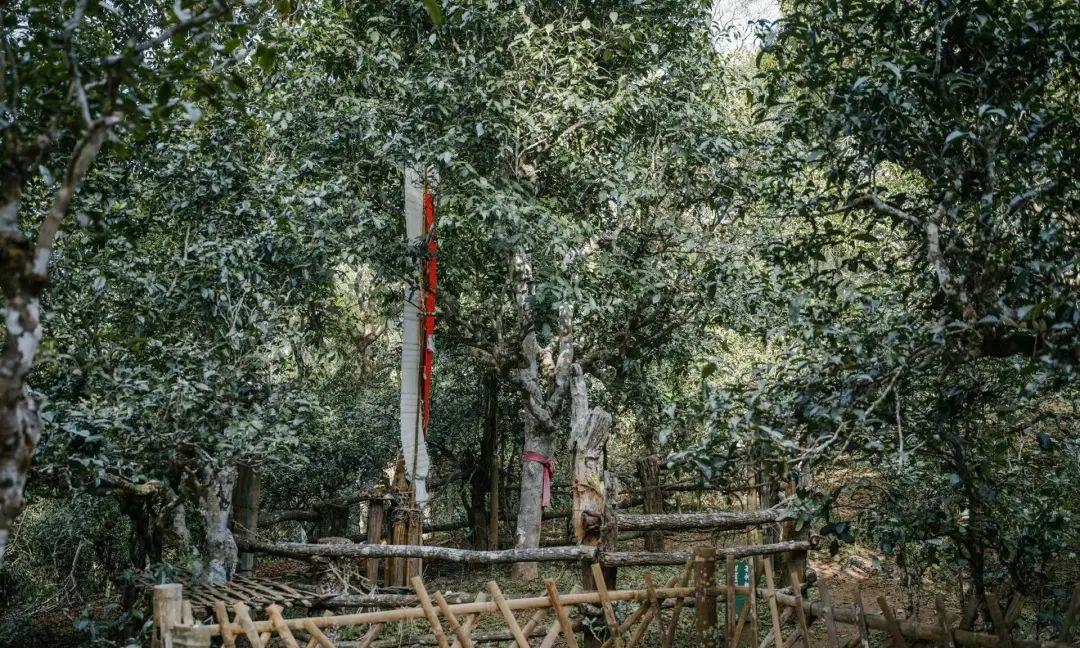
This village has a relatively well-developed commercial sector, with more options for homestays and restaurants. Experiences like tea roasting, tea eggs, tea meals, and traditional Blang tea-making experiences all revolve around tea.
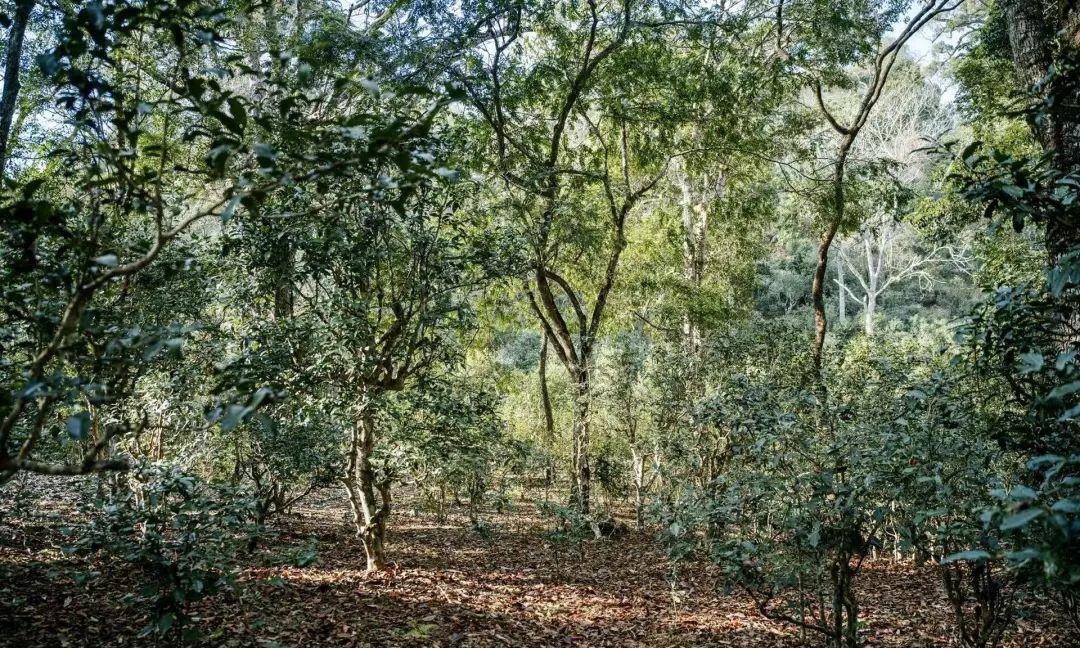
To be honest, the tea eggs made from Jingmai Mountain tea are very fragrant, and the roasted milk tea is rich with a simple, natural flavor.
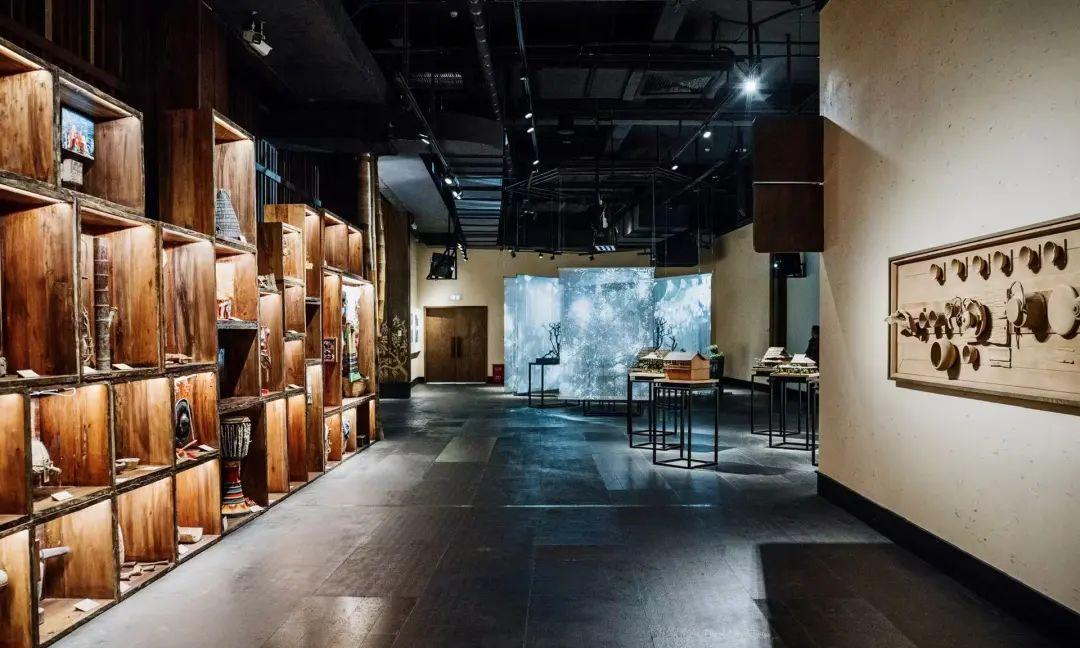
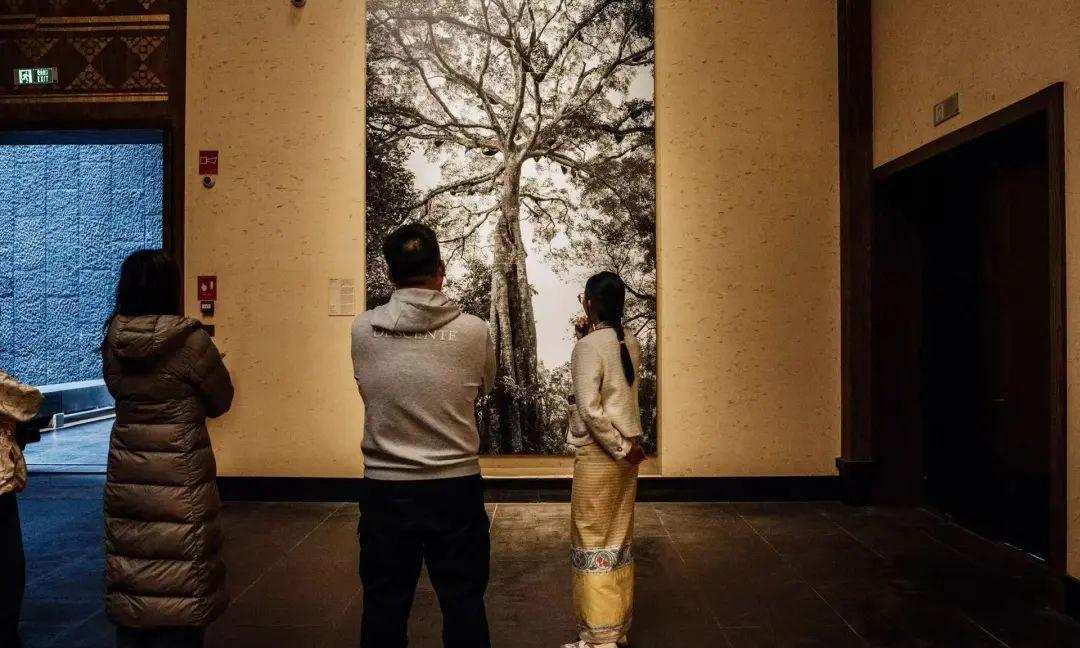
There is also an exhibition hall in the ancient village, which is a condensed summary of the research results from experts and scholars over the years; it is worth seeing.
The highest point of the village is also where the Buddhist temple is located, which is quite spectacular. The tea tree patterns at the entrance of the temple are important artifacts, appearing in related documentaries.
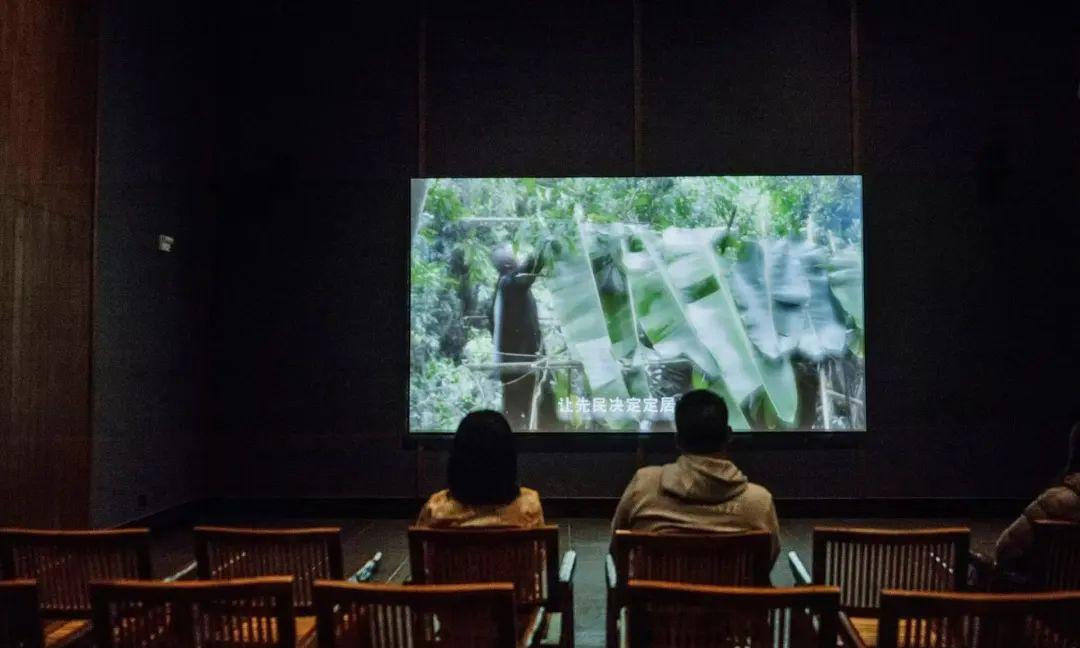
This ancient temple has a simple and spacious layout, symmetrically oriented along a central axis, consisting of a Buddhist hall, scripture repository, and monk’s quarters, with an architectural style that merges traditional Blang architecture with Han Buddhist temple structures. What impressed me the most was its unpretentious style, with stone walls built from stones and tall, dense trees in the yard radiating the strength of the wilderness.
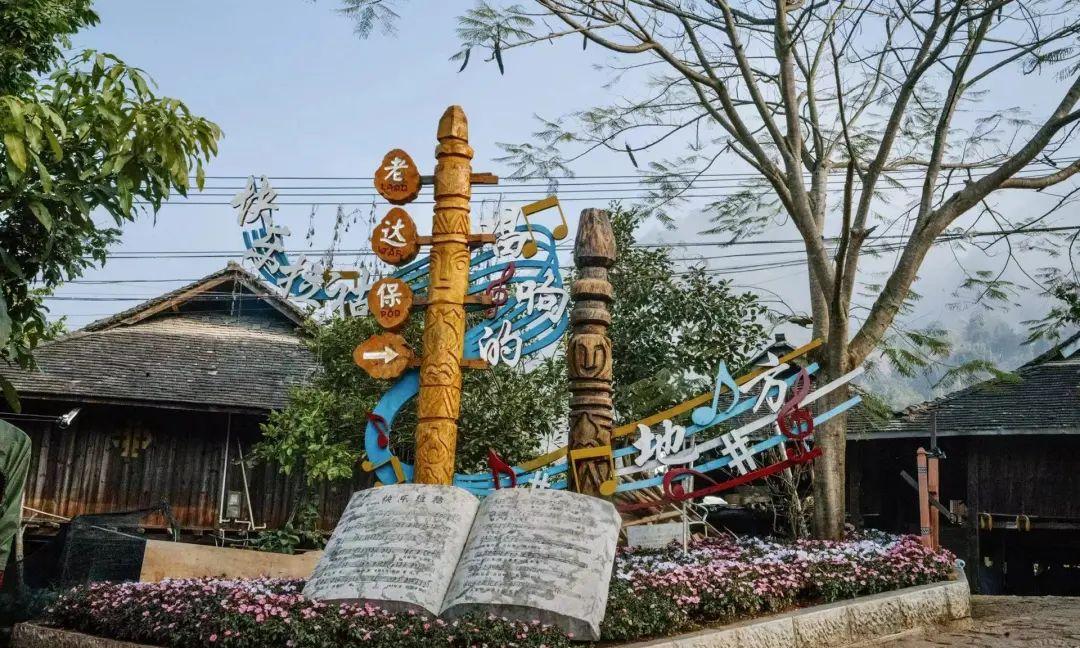
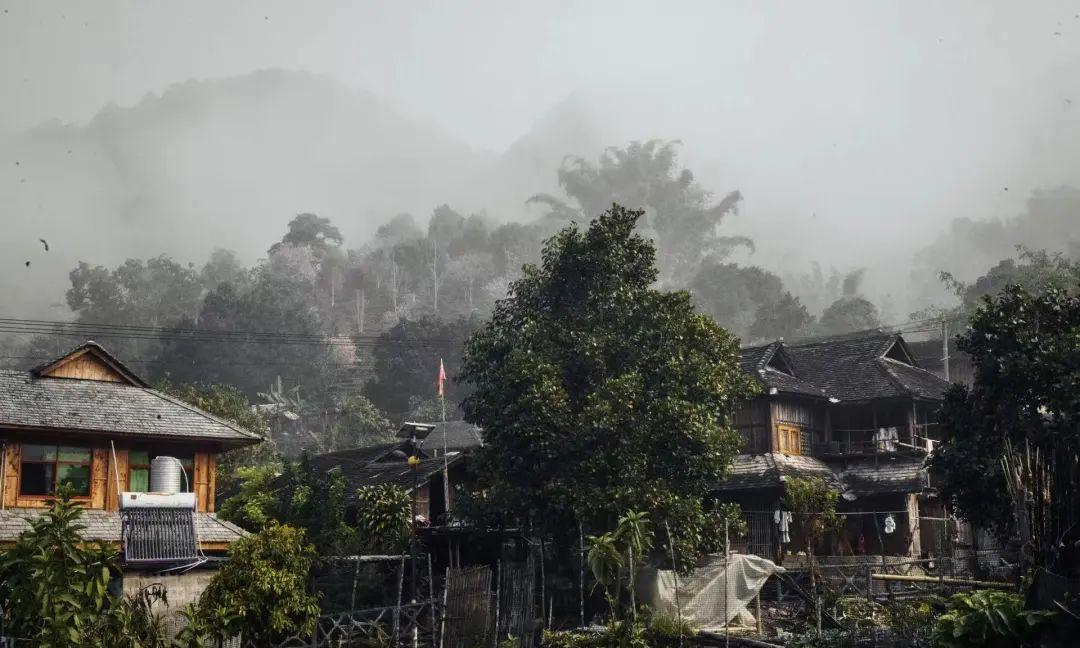
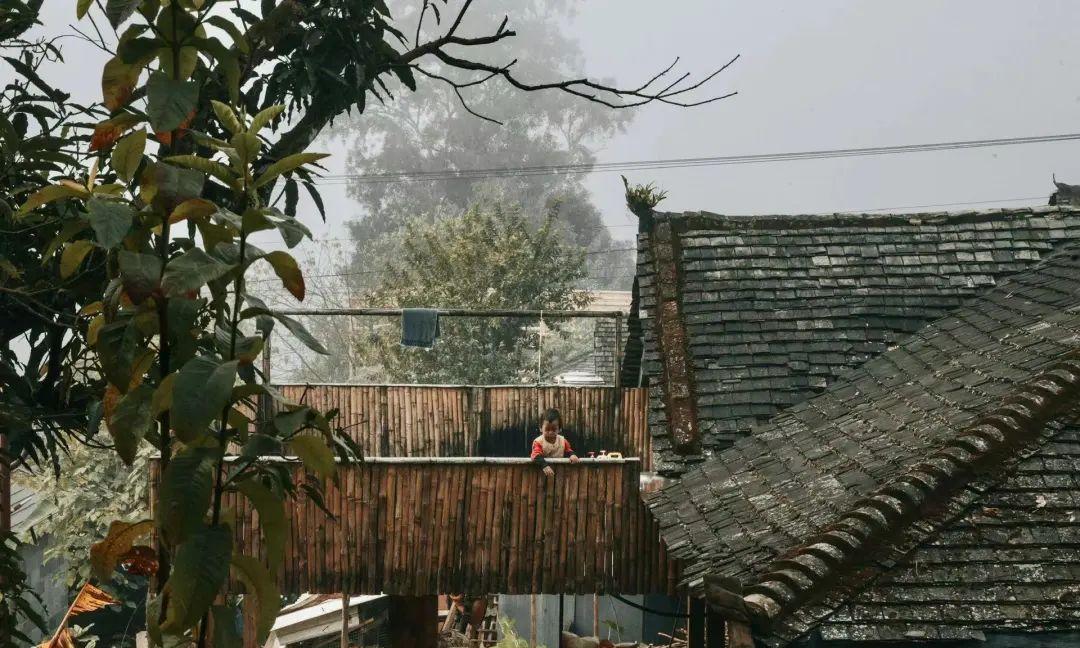
Nuogang Ancient Village
Nuogang Ancient Village is a more pristine Dai village, easily recognized by the yellow cow horn on its roof. The entire village is built along the mountains, layer upon layer, surrounded by ancient tea forests. The houses here are wooden stilt structures, with the first floor for storage and the second floor for living.
After the success of the Jingmai Mountain heritage listing, Nuogang Ancient Village has gained more attention. The village is gradually opening tea houses and tea roasting experiences, but overall, it remains quite restrained and in harmony with the village’s atmosphere.
There are many elderly people in the village who have lived long lives, still following the melodious rhythms of the forest.
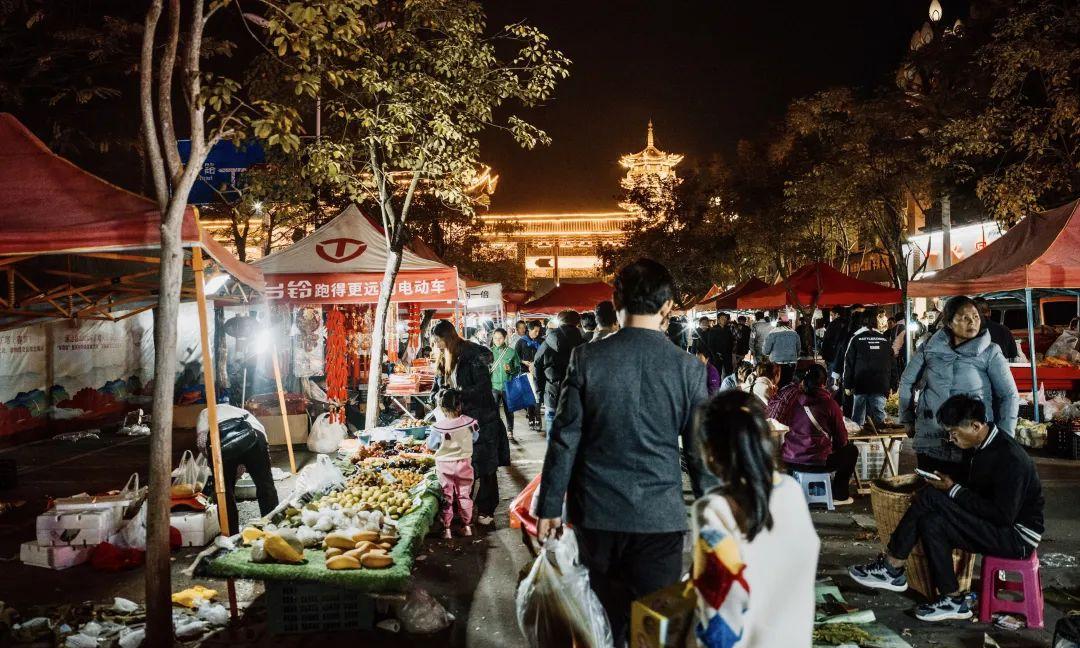
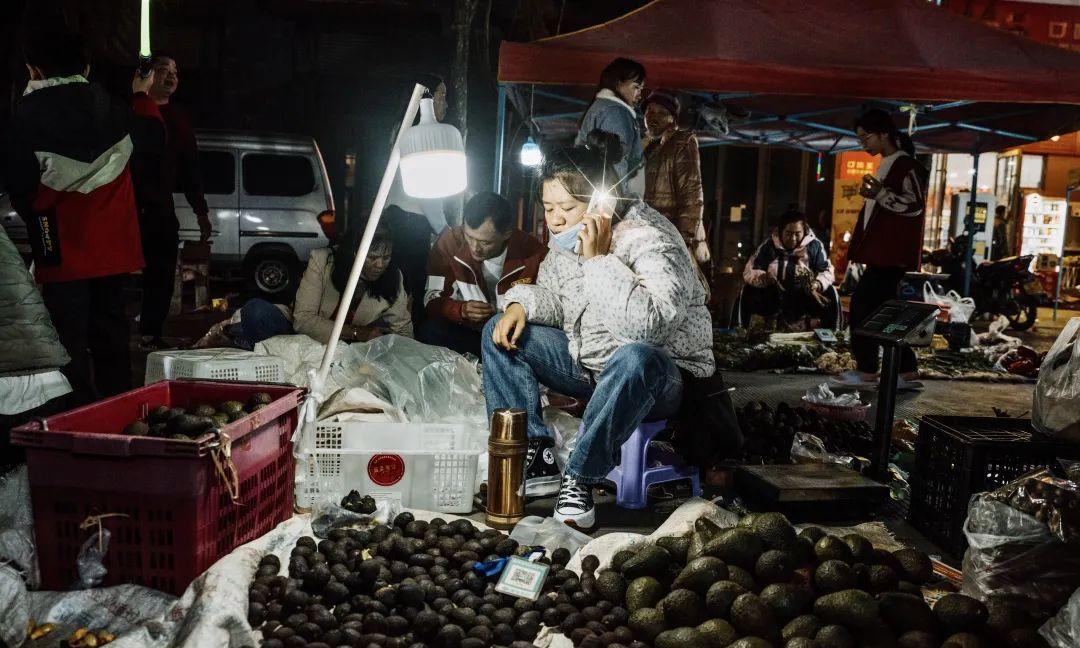
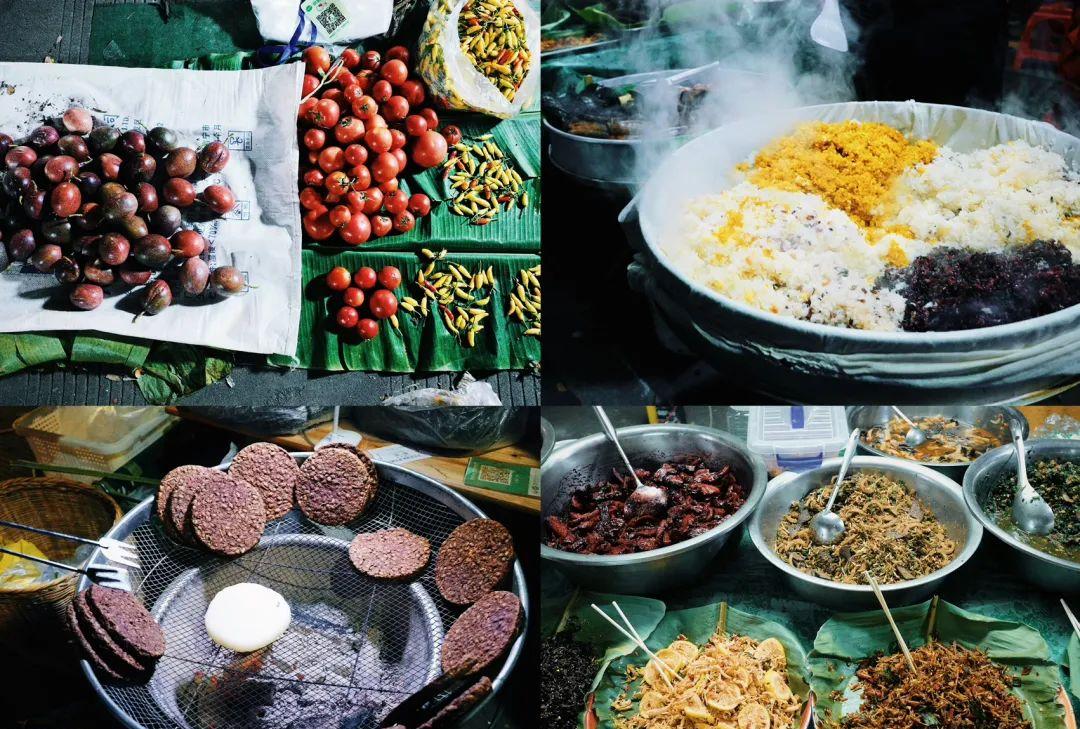
Pu’er Jingmai Mountain Ancient Tea Forest Scenic Area
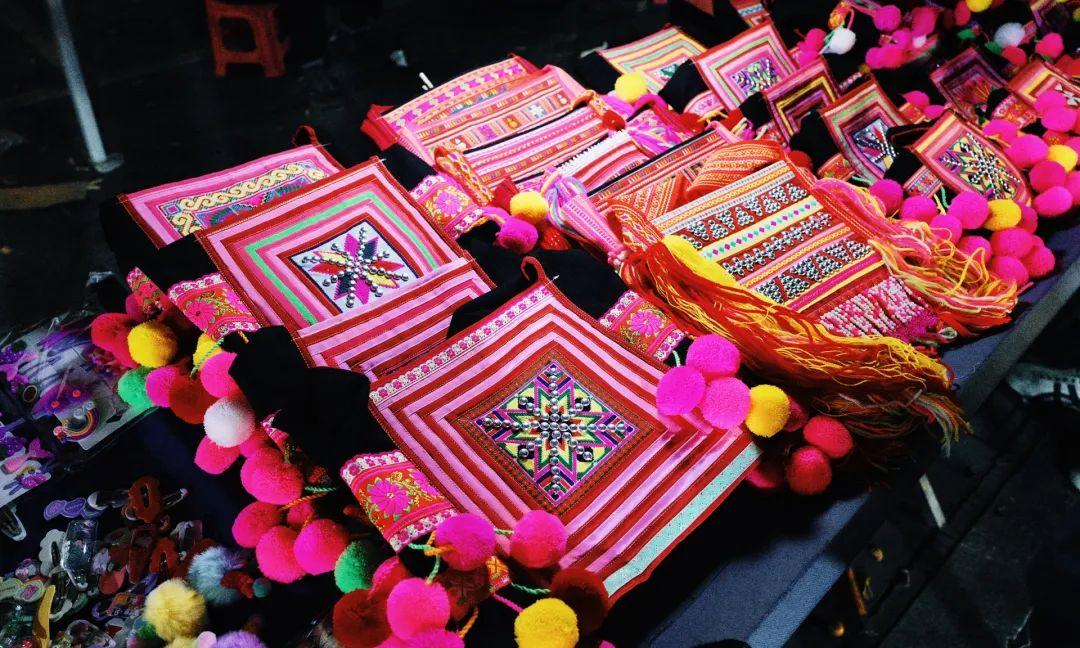
The ancient tea forest of Jingmai Mountain left a strong impression on me. Unlike the more commonly seen terrace teas today, the ancient tea forest of Jingmai Mountain features a unique cultural landscape where people, tea, and forests coexist.
It is a tangible example and typical representative of traditional “under-forest tea cultivation” practices that have been preserved since before modern tea plantation techniques became widespread, and it is referred to as “a living history book of Chinese tea.”
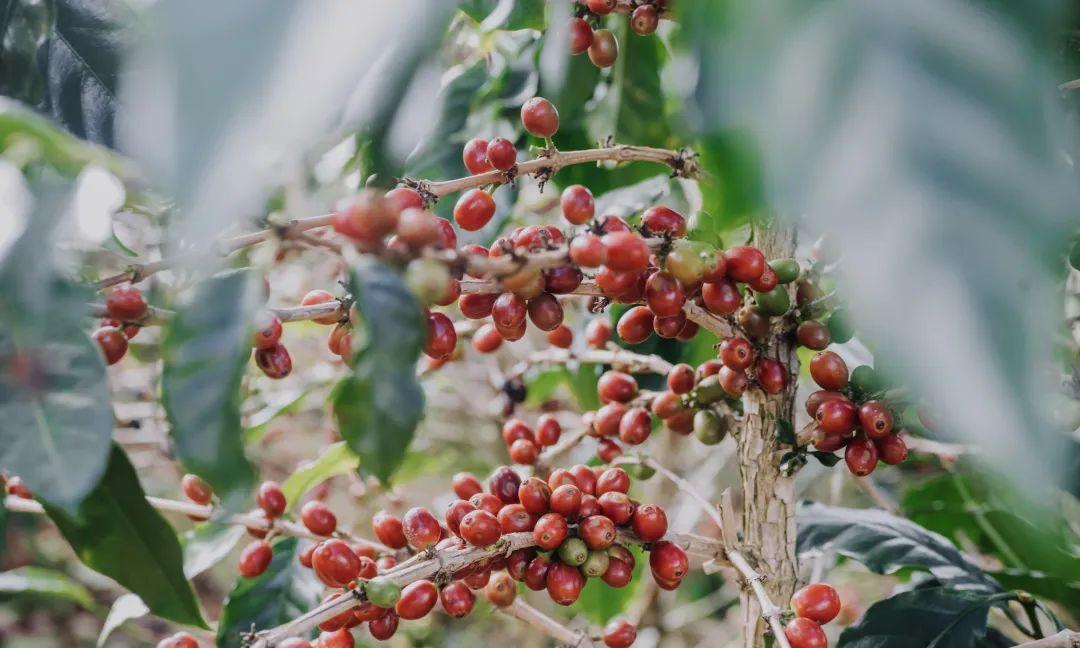
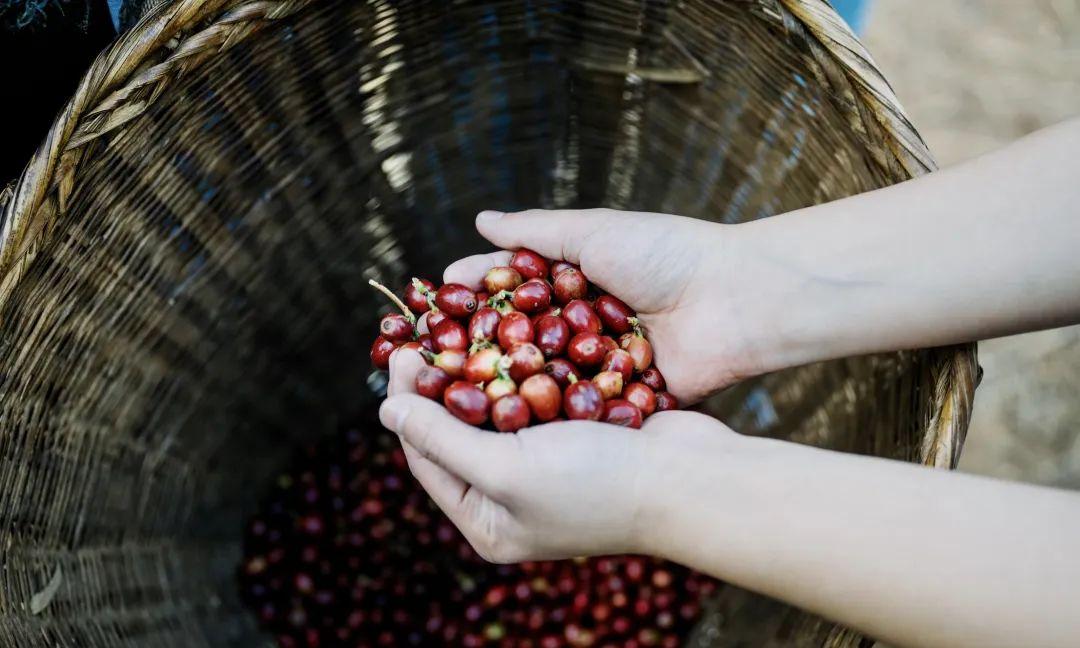
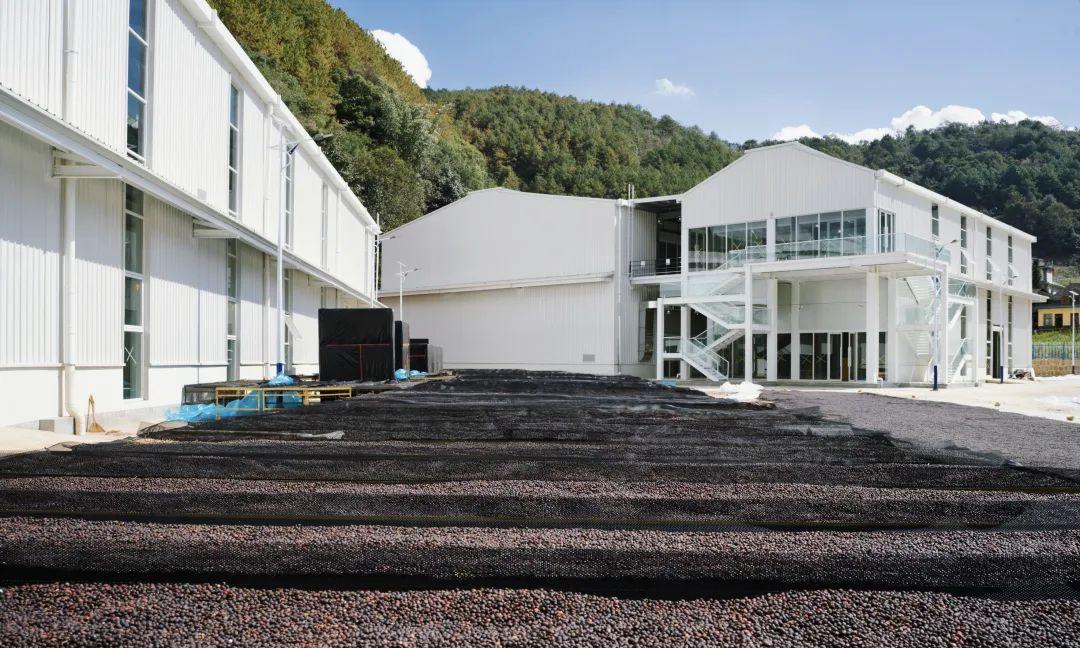
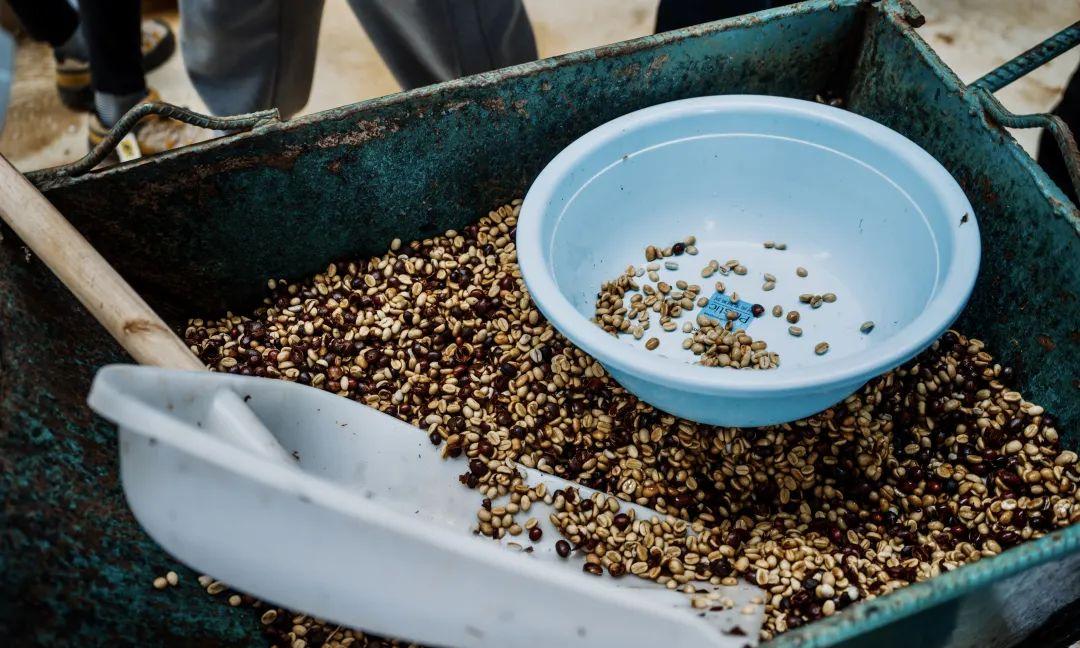
I strongly recommend taking a stroll through the ancient tea forest. The towering ancient trees and high tea trees create a sun-blocking canopy, and the atmosphere of the wilderness leaves a powerful impact. Walking inside, you will feel the vastness of nature and the smallness of humans, easily understanding the locals’ reverence for nature.
Jingmai Mountain Heritage Display Center
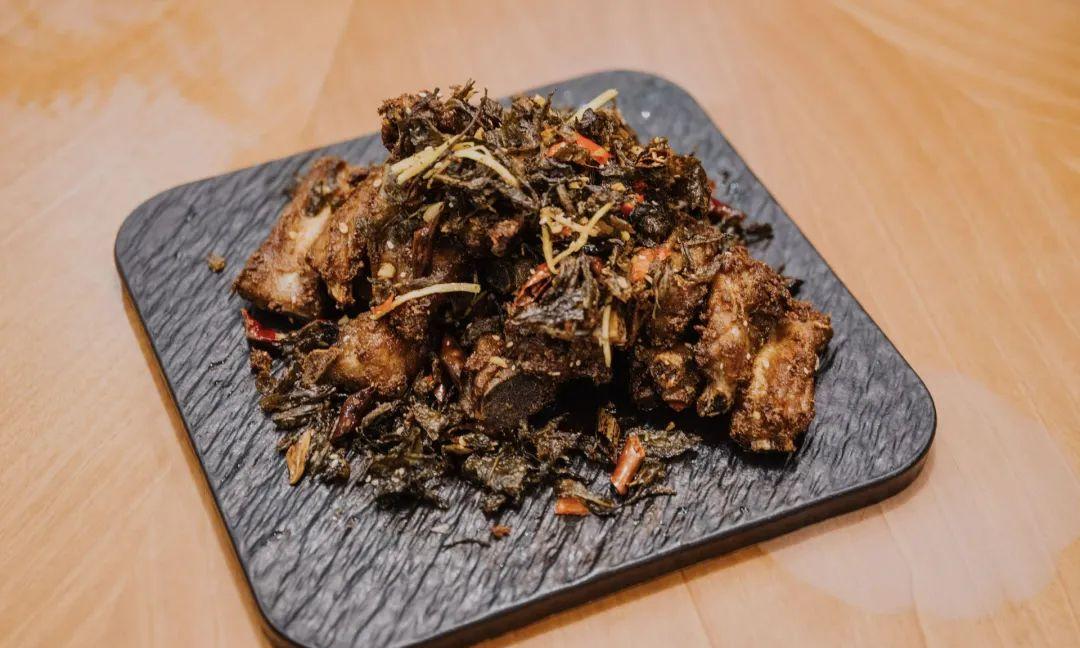
If you want to systematically understand Jingmai Mountain, I recommend visiting the Jingmai Mountain Heritage Display Center located at the foot of the mountain in Huimin Town. It thoroughly organizes and displays information about Chinese tea culture, Jingmai Mountain, and its status as a world cultural heritage site.
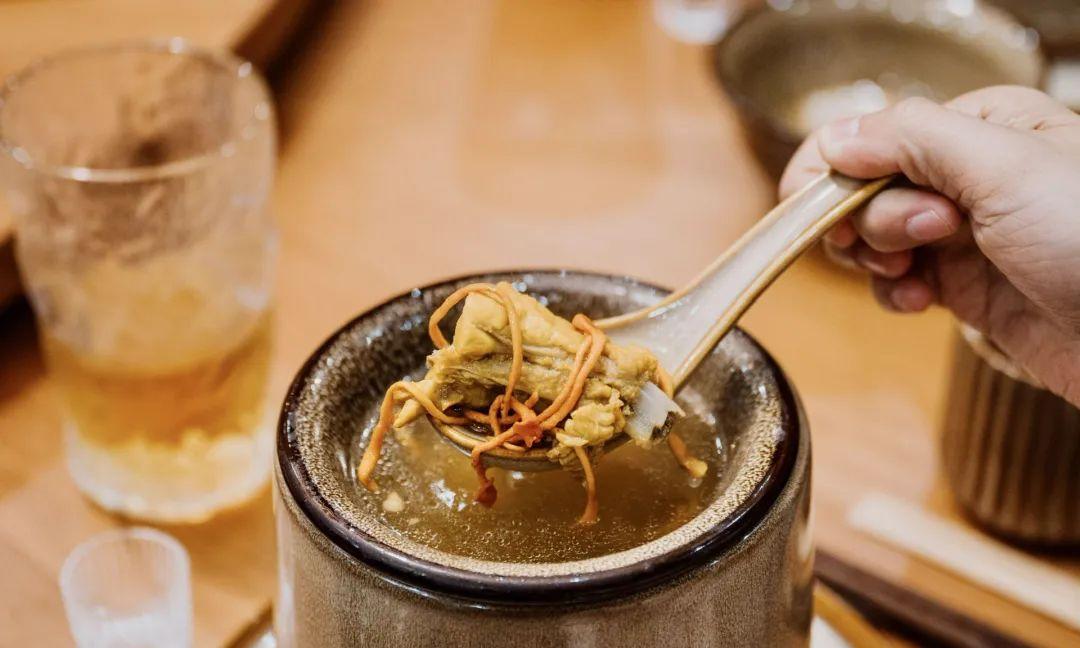
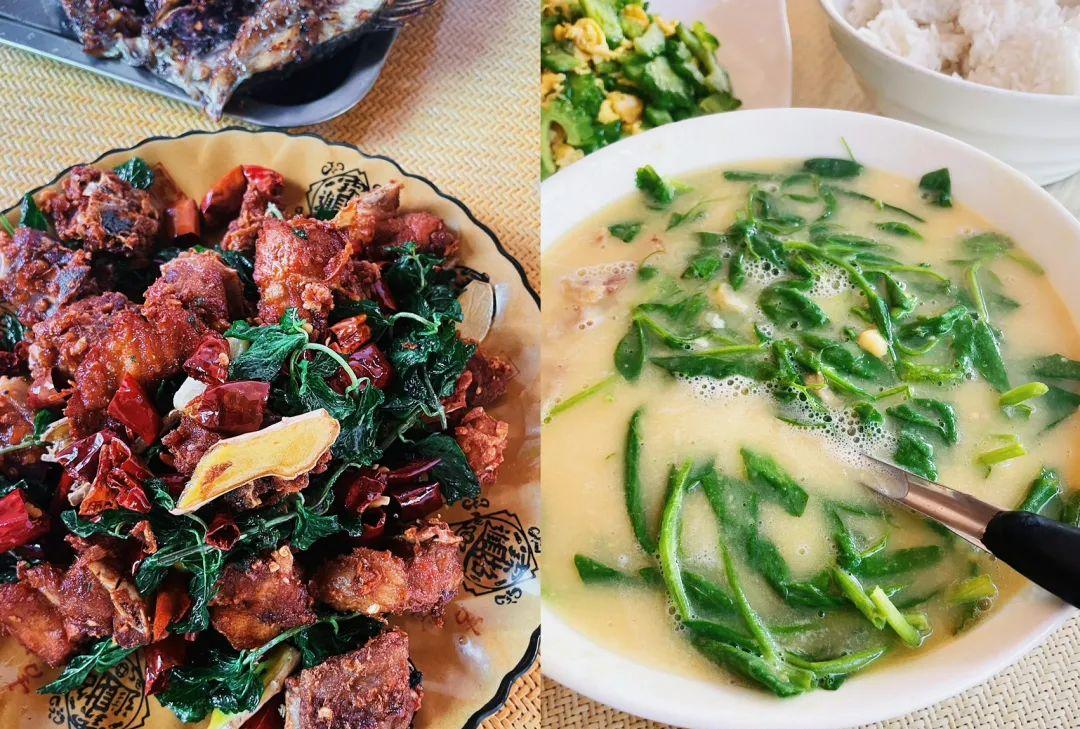
In addition, you can watch documentaries about Jingmai Mountain here, and the center also has many research books and magazines related to Jingmai Mountain, making it ideal for those who wish to delve deeper.
I personally took home a magazine published by “Pu’er” titled “Thousands of Mountains and Rivers, Why Jingmai Mountain?” which is currently the most comprehensive magazine on the study of Jingmai Mountain.
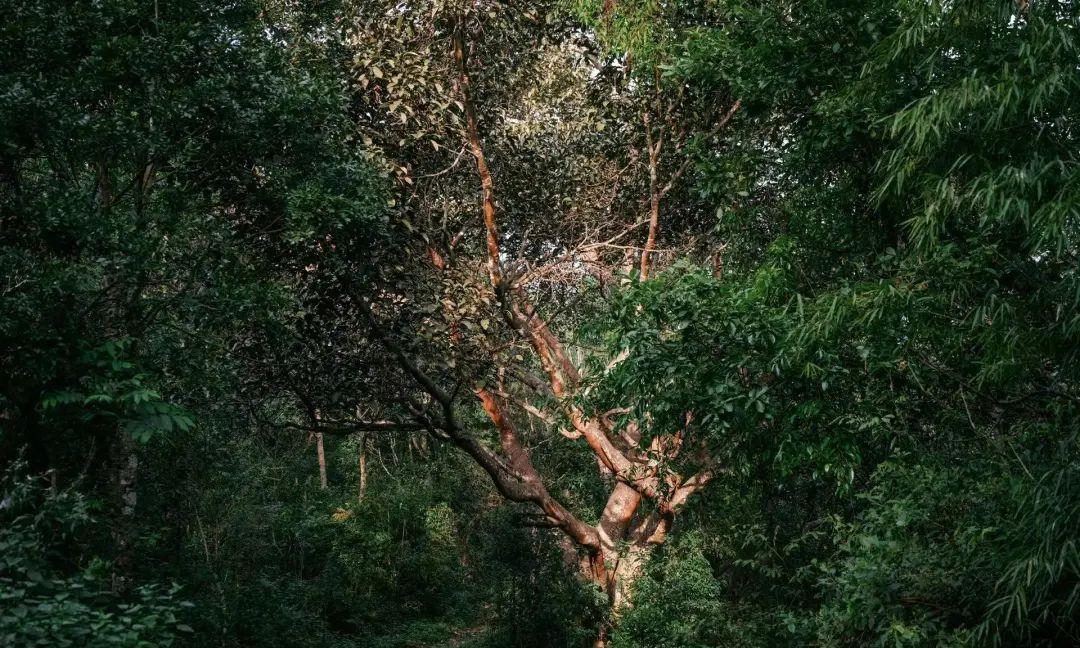
Old Dabo Village
Old Dabo is a settlement of the Lahu ethnic group and the place where Lahu culture is best preserved. It is also a musical ancient village where one can find plenty of talented singers and dancers. According to locals, “If you can speak, you can sing; if you can walk, you can dance.”
This village serves as a base for the transmission of the Lahu people’s musical heritage, which is listed as a national intangible cultural heritage under “Mupa Mipa.” They even have their own performance company, and their show “Presenting a Spring” has been aired on television. If you visit during the holidays, you may have the chance to see their performances in the village.
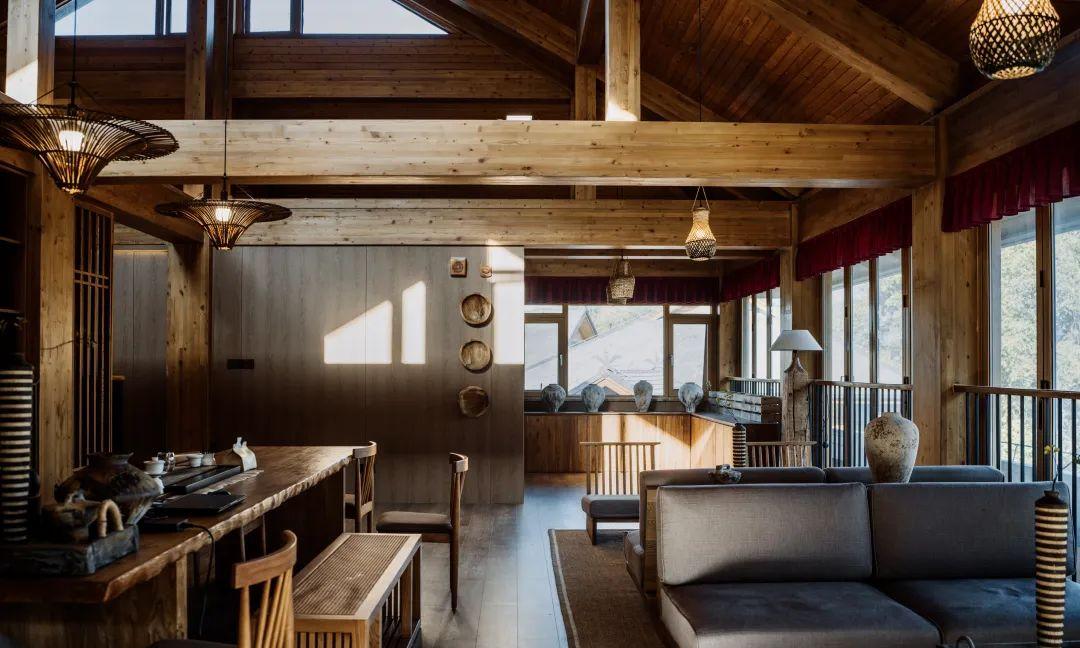
By the way, the gourd is the auspicious symbol of the Lahu people, and if you pay attention, you can see its presence on local rooftops, clothing patterns, and other areas.
Lancang Weekend Market
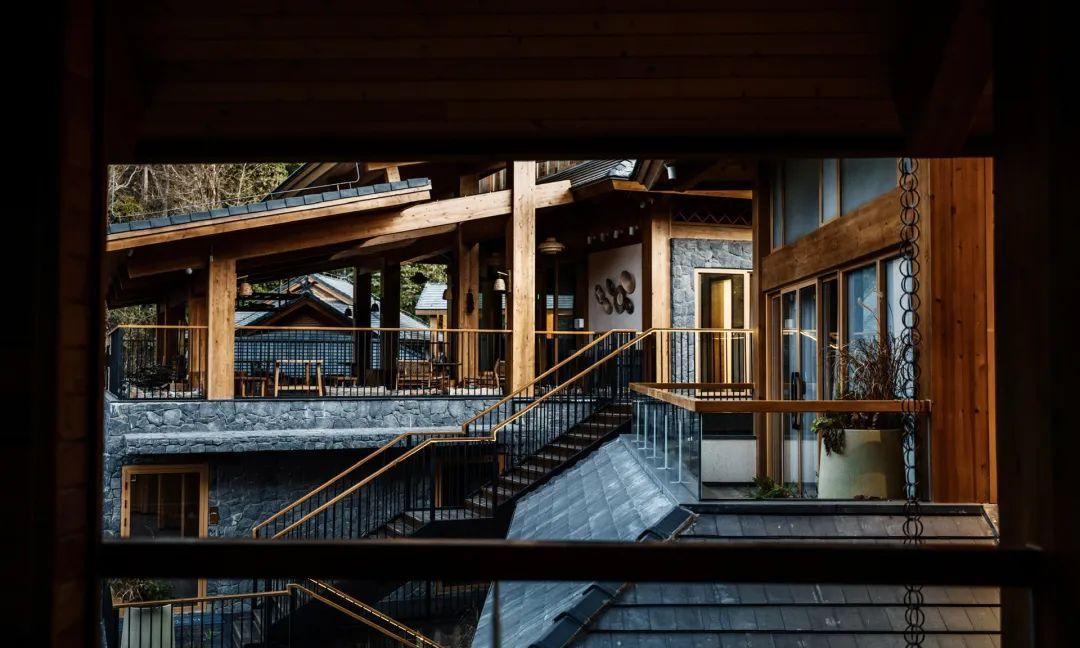
Address: Lancang County, Lancang Street
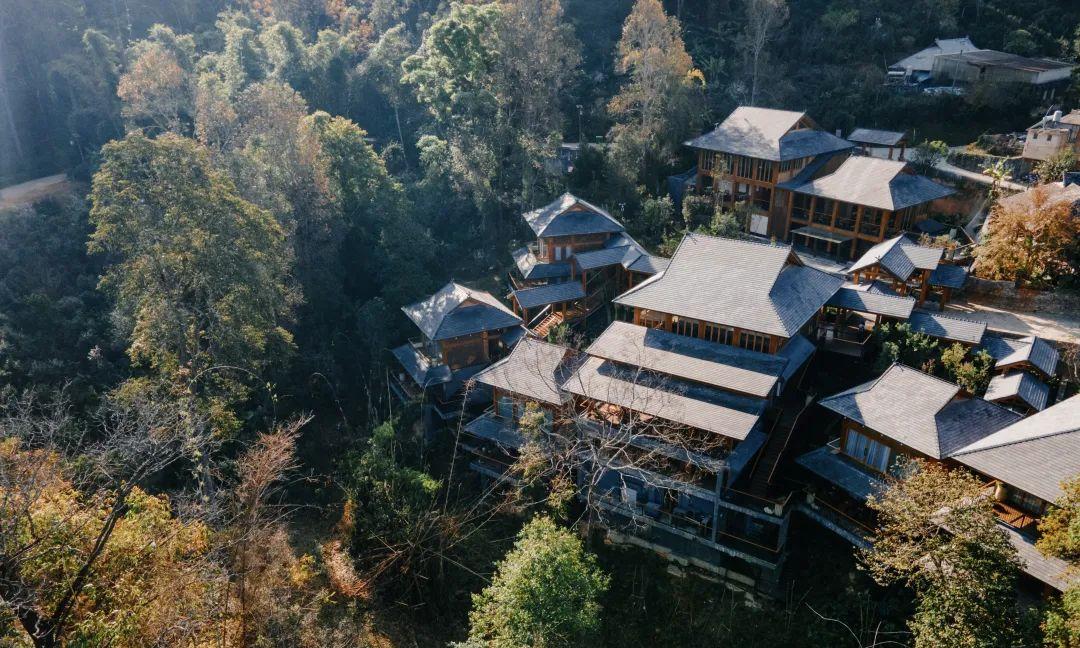
Time: Every Saturday evening to Sunday morning
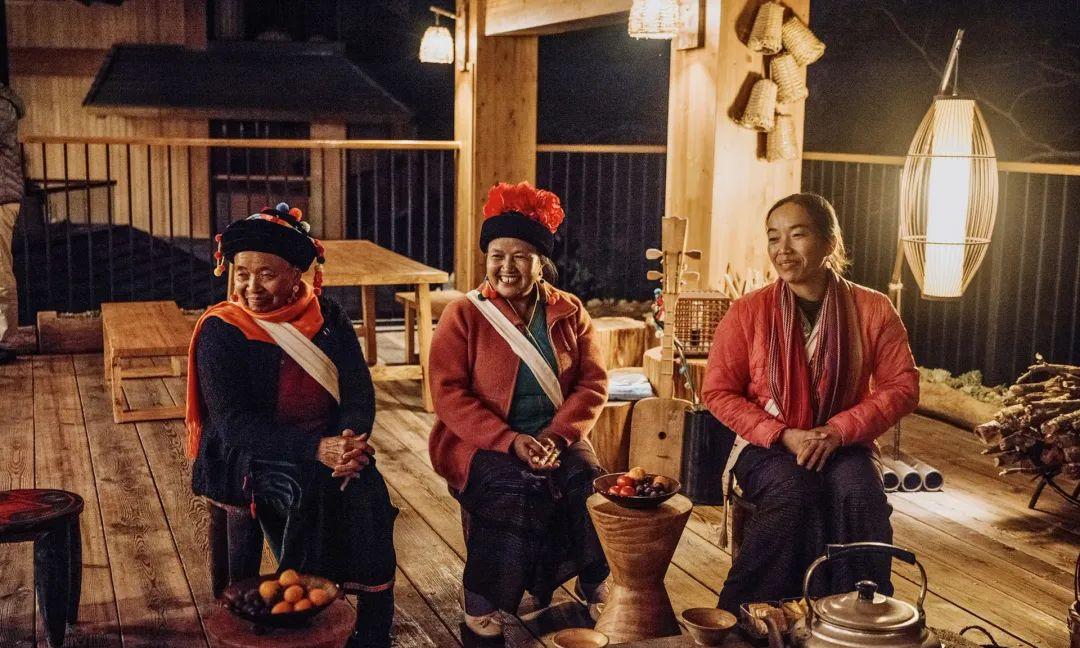
There is also a bustling Saturday Night Market in Lancang County that is worth visiting. This is a market that runs all night, open from Saturday afternoon until Sunday morning. Lancang County is home to eight different settled ethnic minorities, and every weekend, they hold their most grand gatherings here.
We arrived in the evening; the market was crowded and bustling, with a vibe of all-nighters. There were no standardized booths; burlap sacks were laid on the ground, with lemons, avocados, and other fruits sold right on top.
You can find various Yunnan specialties such as bursting tofu, colorful glutinous rice, mango with chili dip, and so on—all at very cheap prices. After walking around, both your hands and stomach will be full, and you would have hardly spent any money, an incredible feeling of happiness.
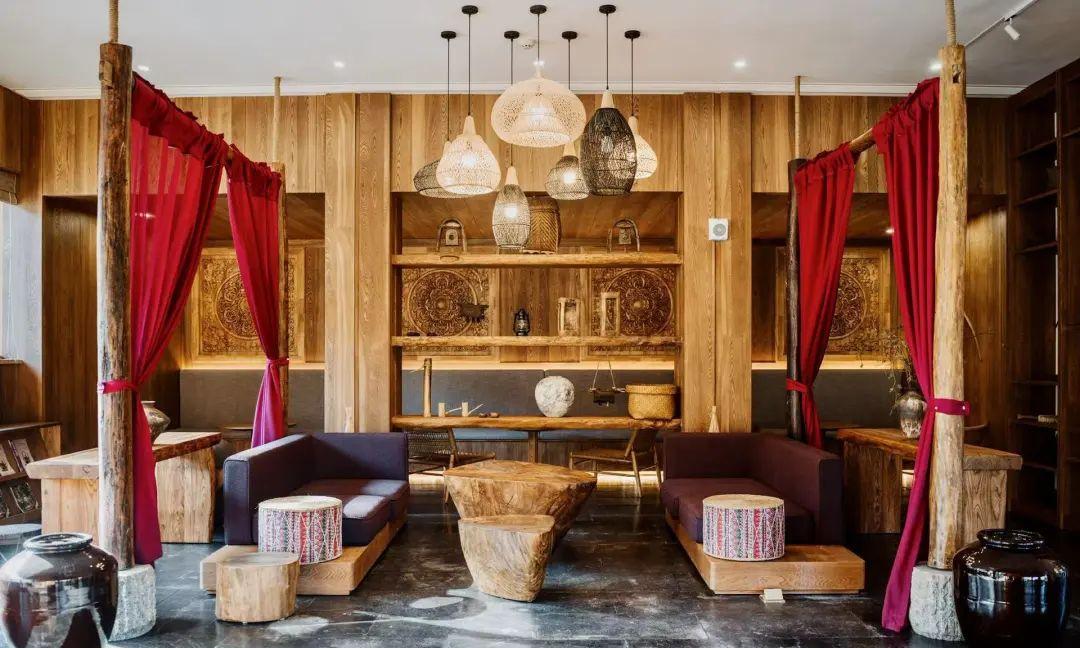
Lancang Coffee
Lancang is famous not only for its tea but also as a significant coffee-producing area. It’s important to note that coffee cultivation worldwide mostly occurs between 22°S and 26°N, and Yunnan’s Pu’er Lancang is located near the Tropic of Cancer, making it a golden region for coffee planting.
This time, we visited the revamped Niu Xincun in Donghui Town of Lancang County, developed specifically with coffee in mind. The village is in the process of building a coffee processing factory and has opened a café. In the future, one can experience the whole process of coffee from seed to cup here.
Lancang Cuisine
When talking about the cuisine of Lancang, tea is, of course, a major thematic highlight. The ethnic groups living in Jingmai Mountain, who rely on tea for generations, know best how to create delicious dishes using tea.
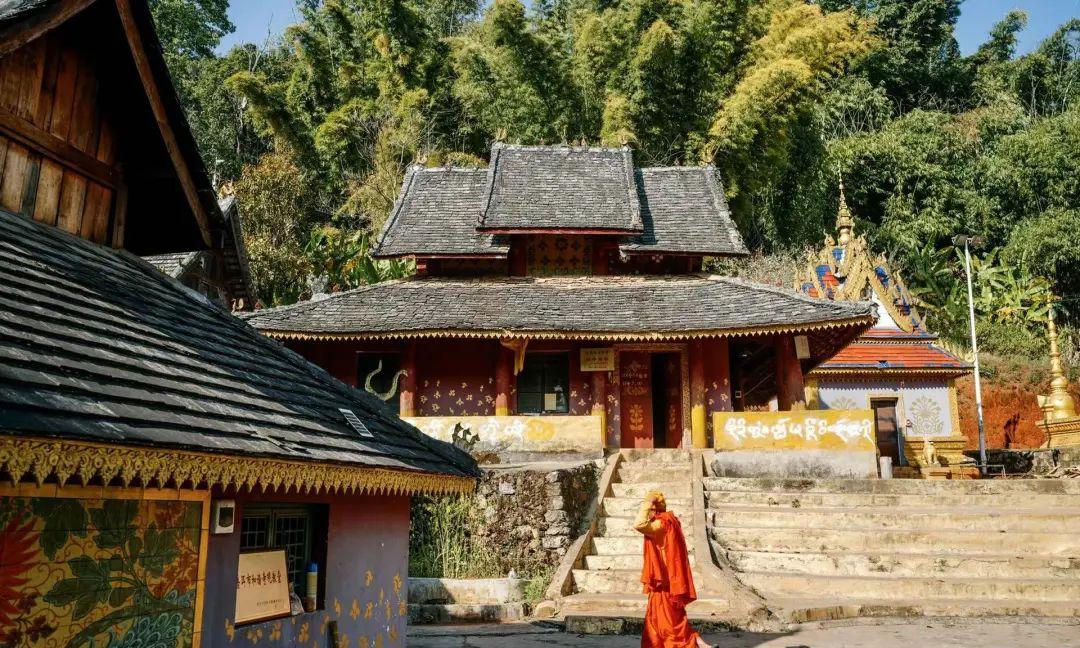

Dishes such as ancient tree tea scrambled eggs, tea leaf stir-fried beef, cold tea leaf salad, and dry-fried ancient tree leaves all showcase the distinct flavors of the tea. The tea banquets featuring Jingmai Mountain’s specialties are certainly worth trying.
Another surprising dish is chicken stew with “crab legs,” which in reality are not crab legs at all; they’re known scientifically as “flat-stemmed mistletoe,” a plant that resides on ancient tea trees and requires very high ecological conditions, making it a top-quality product from Jingmai Mountain.

